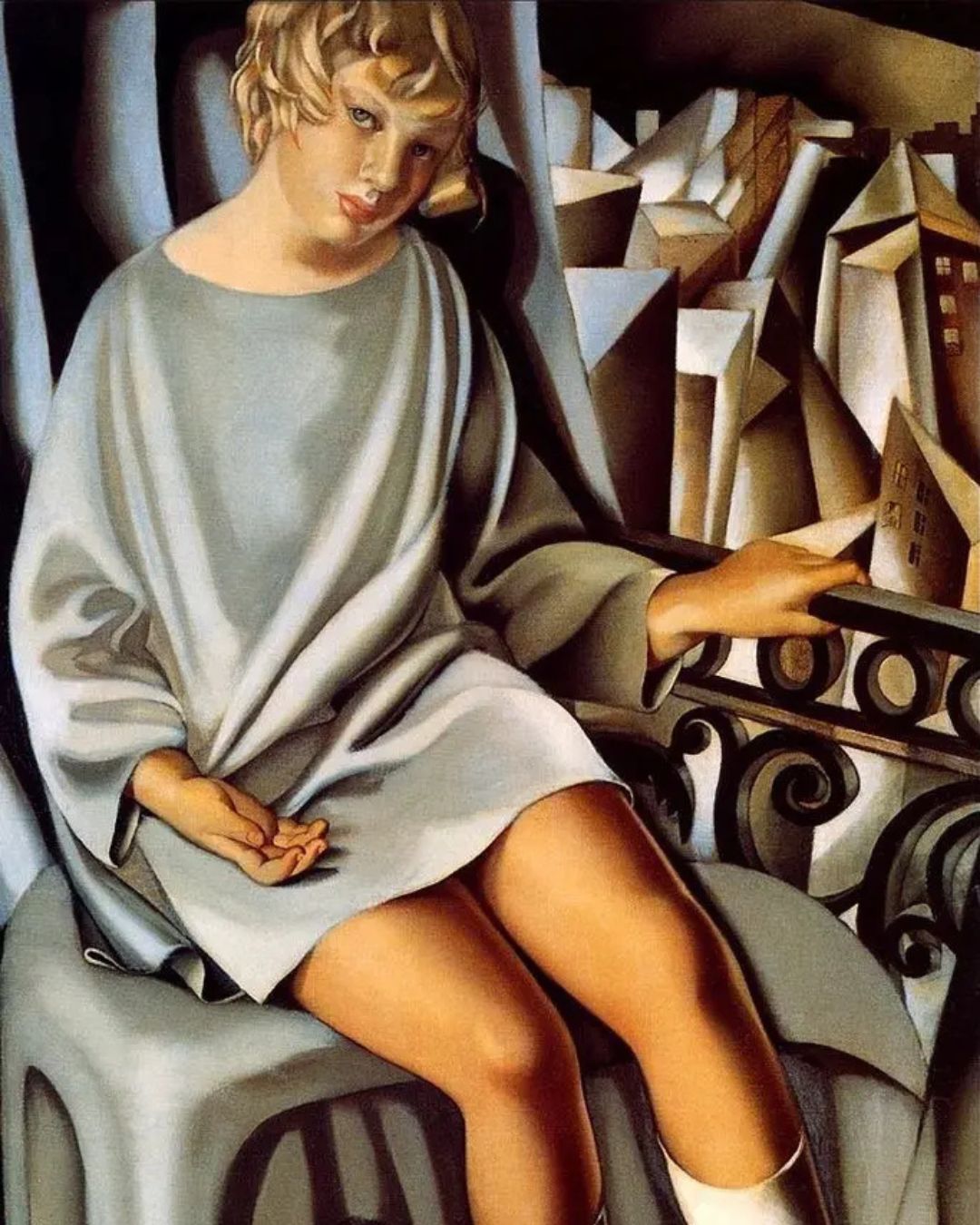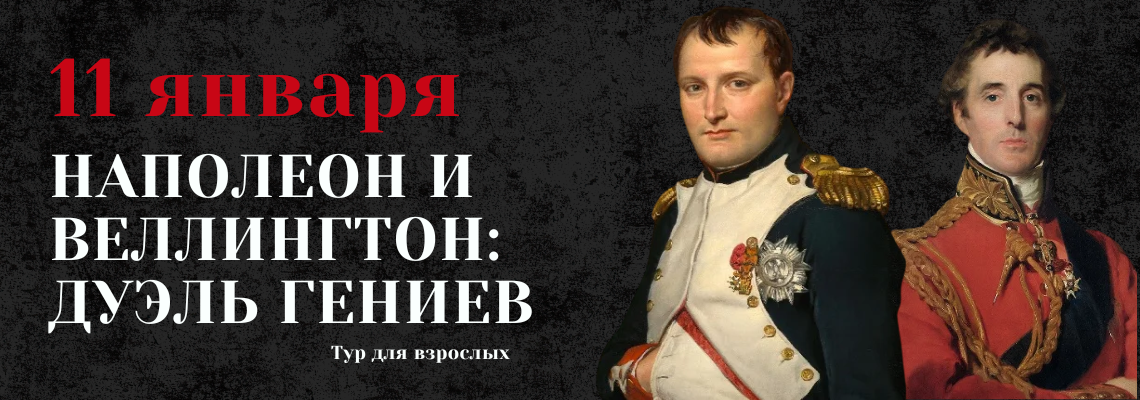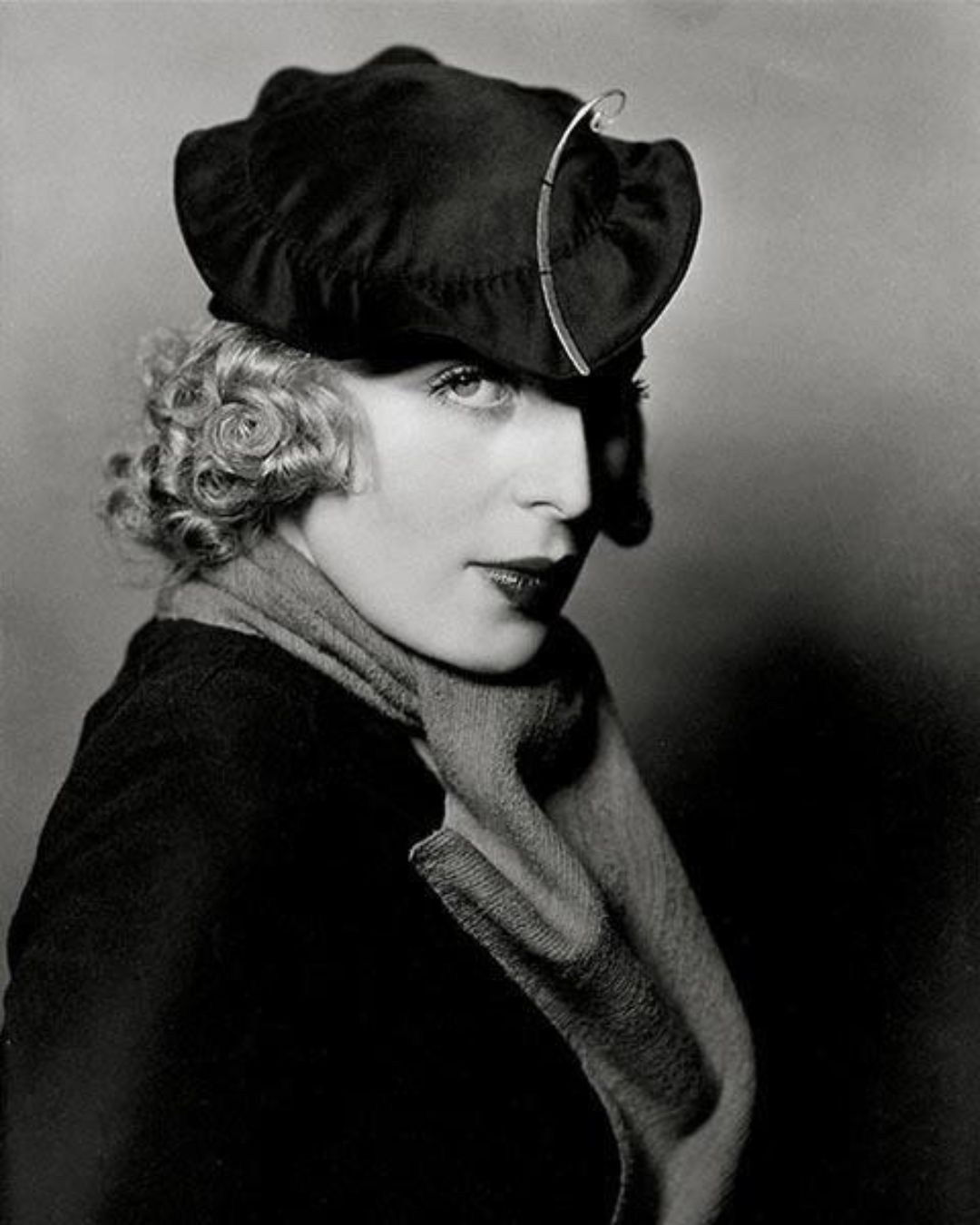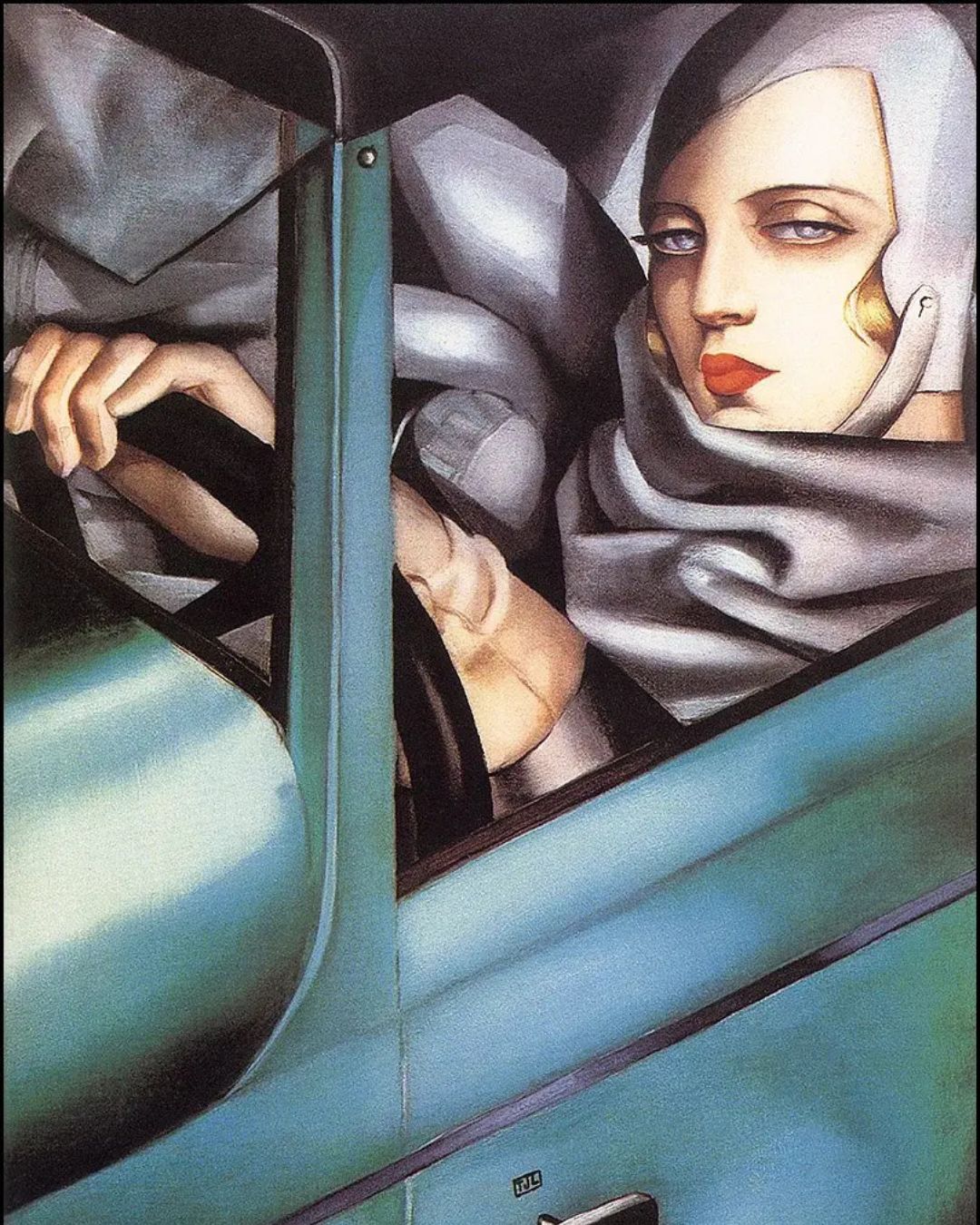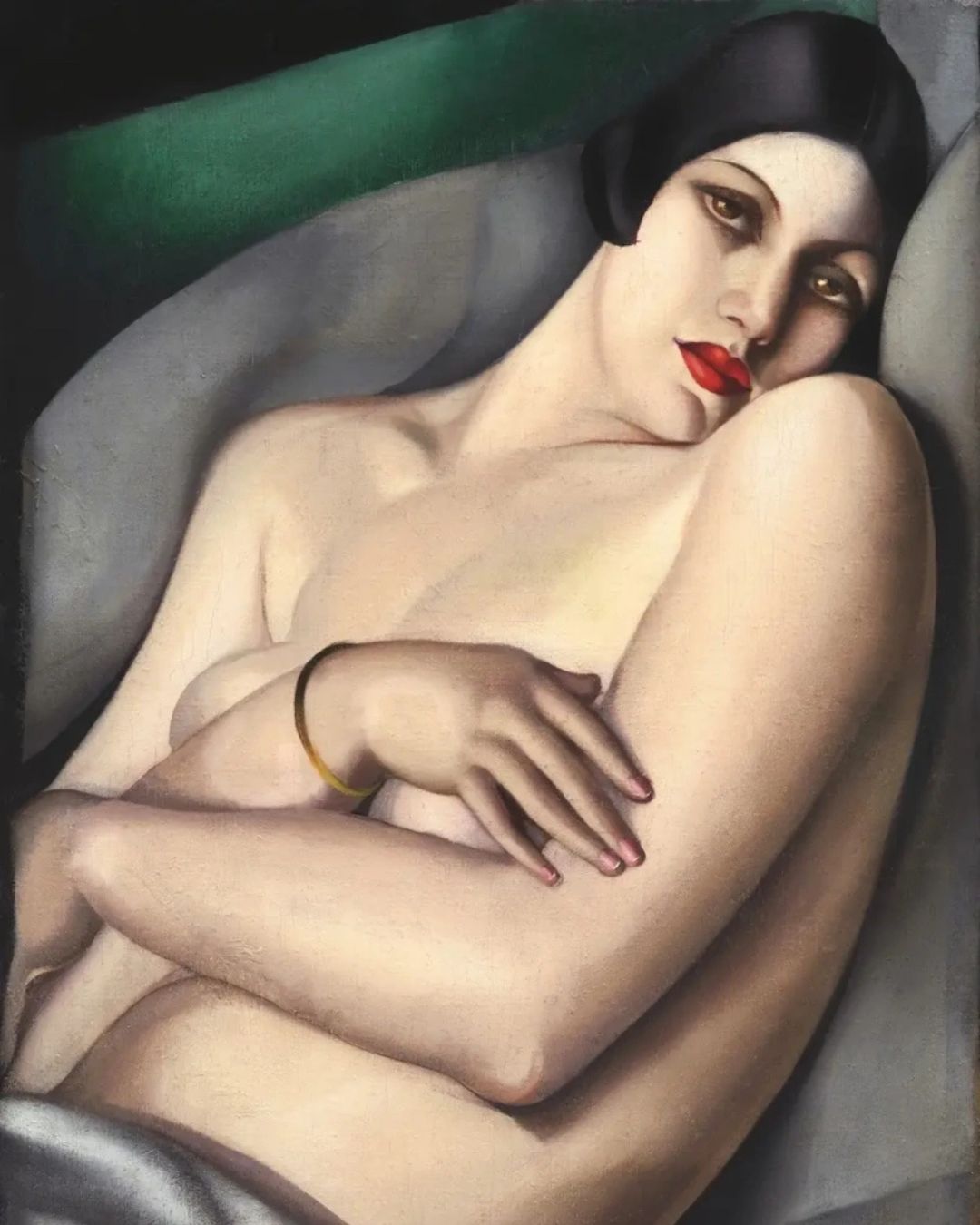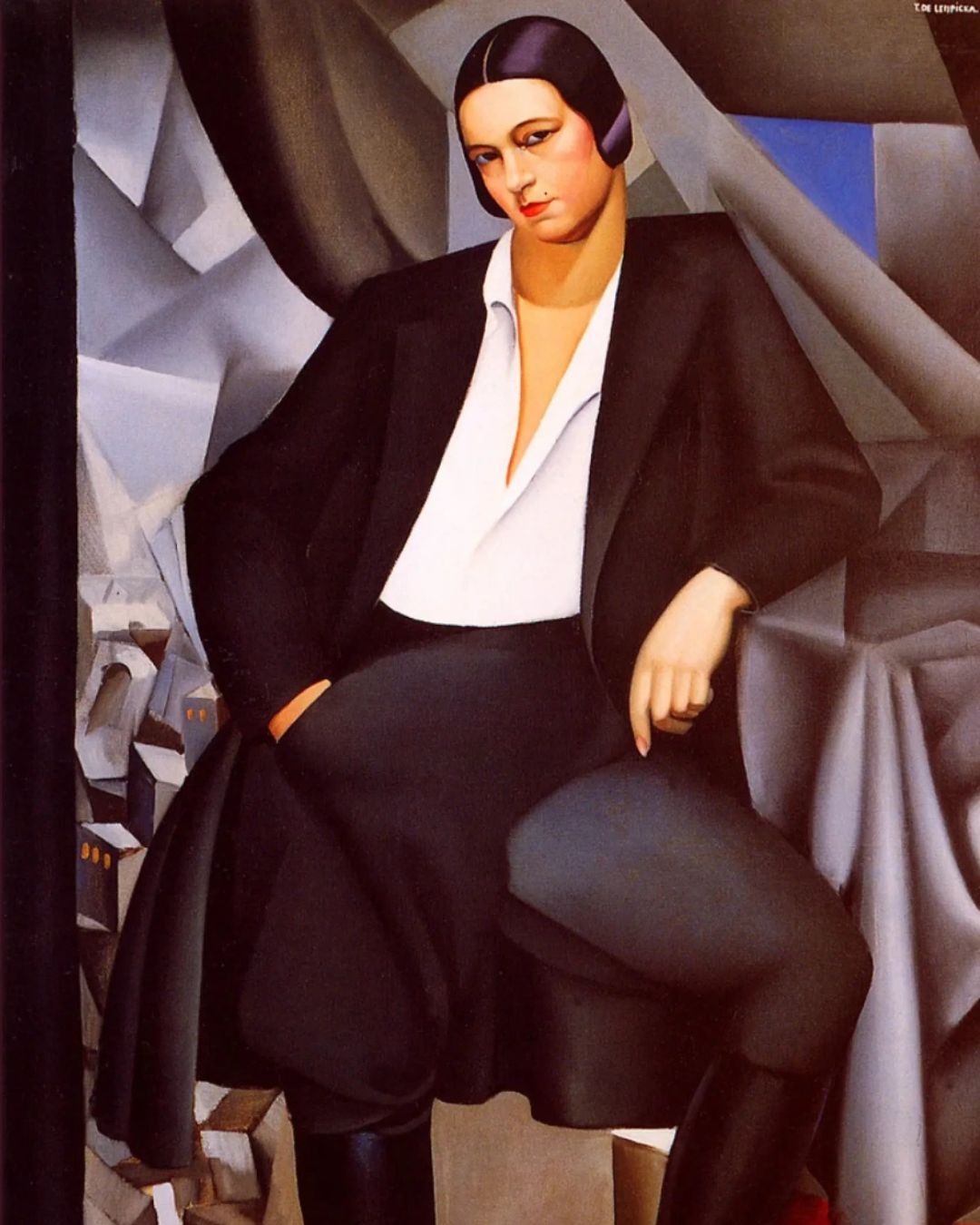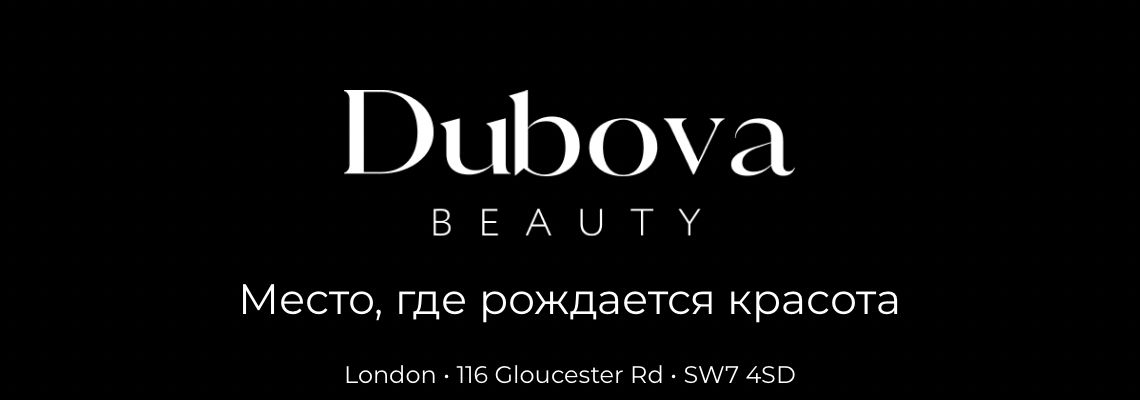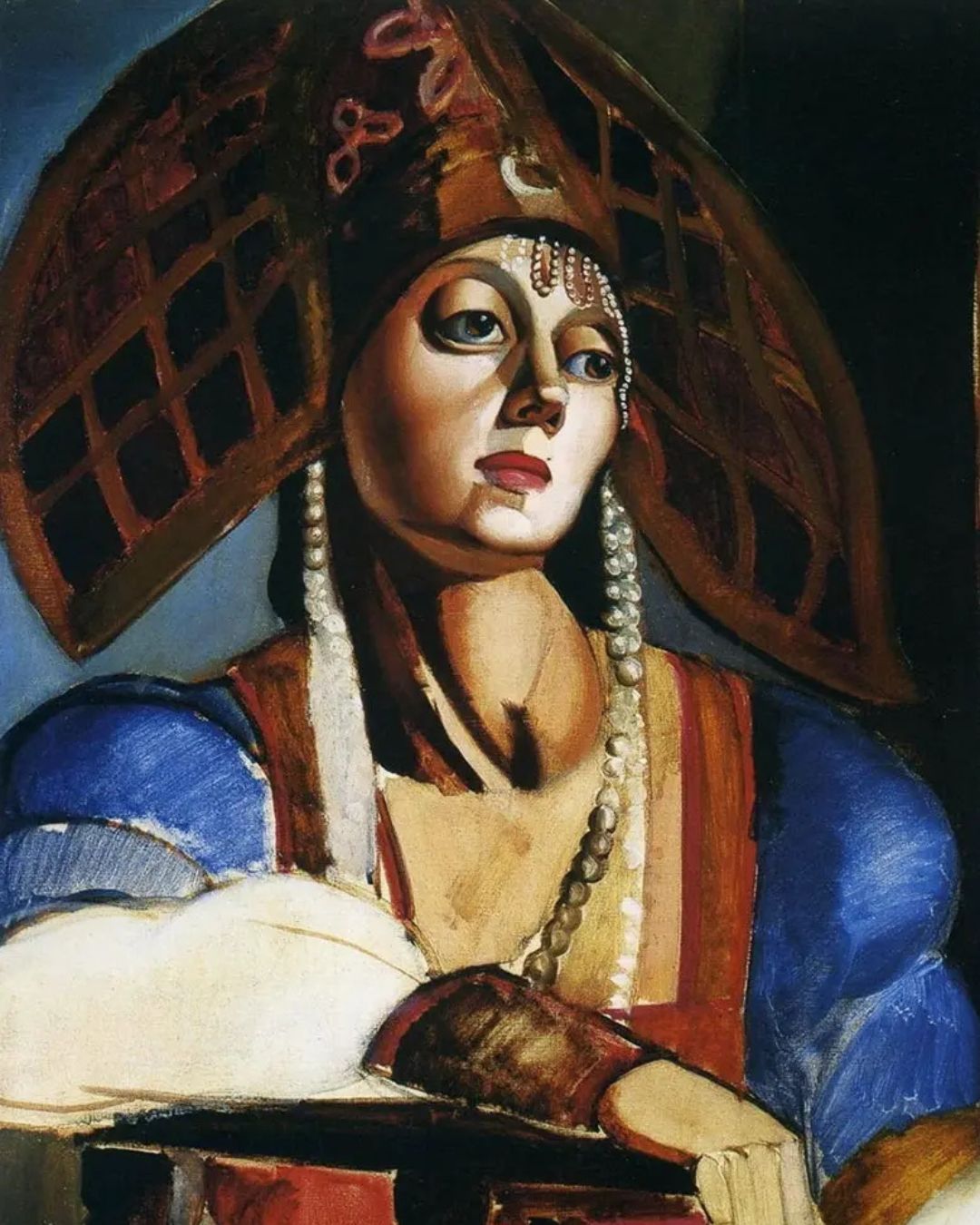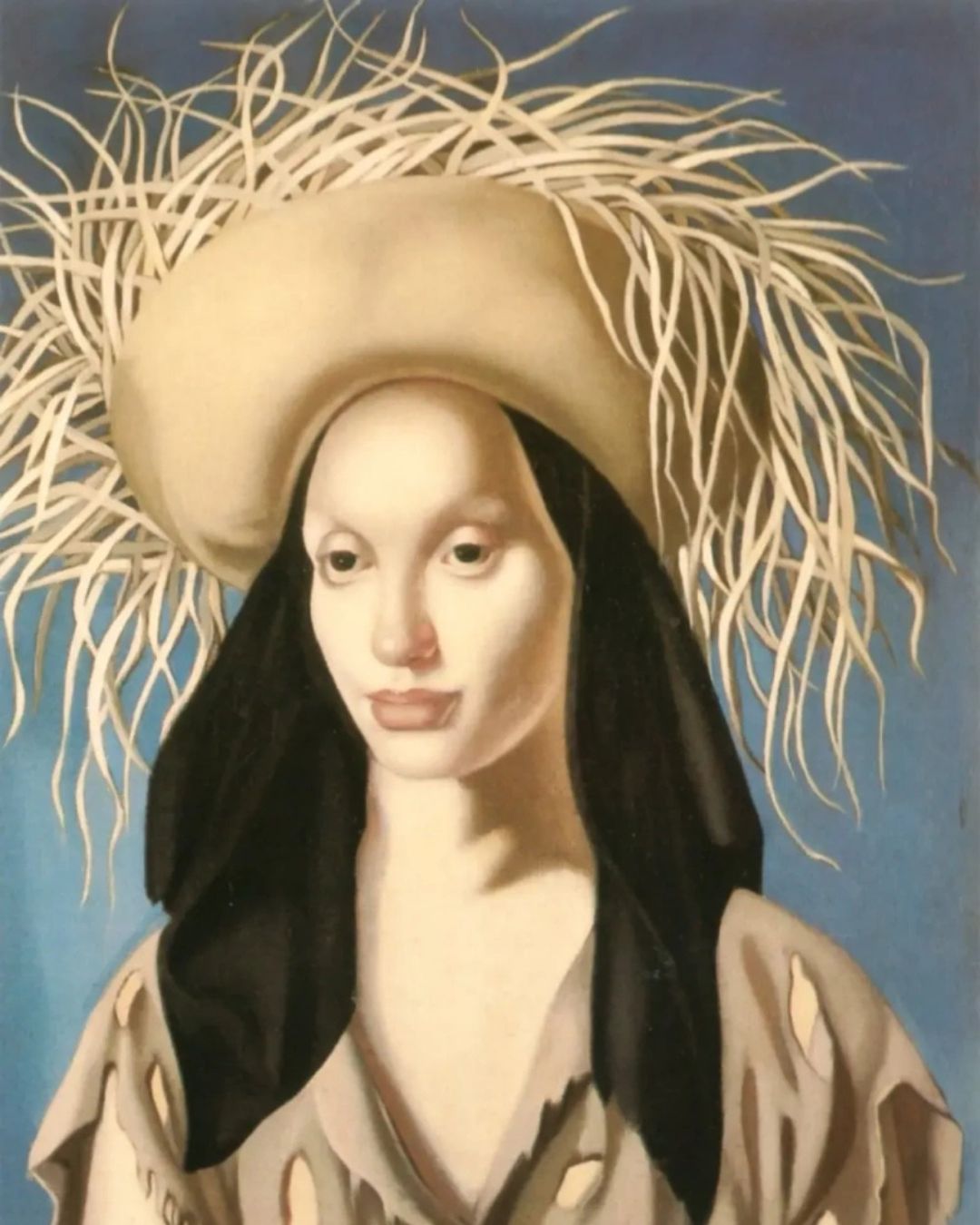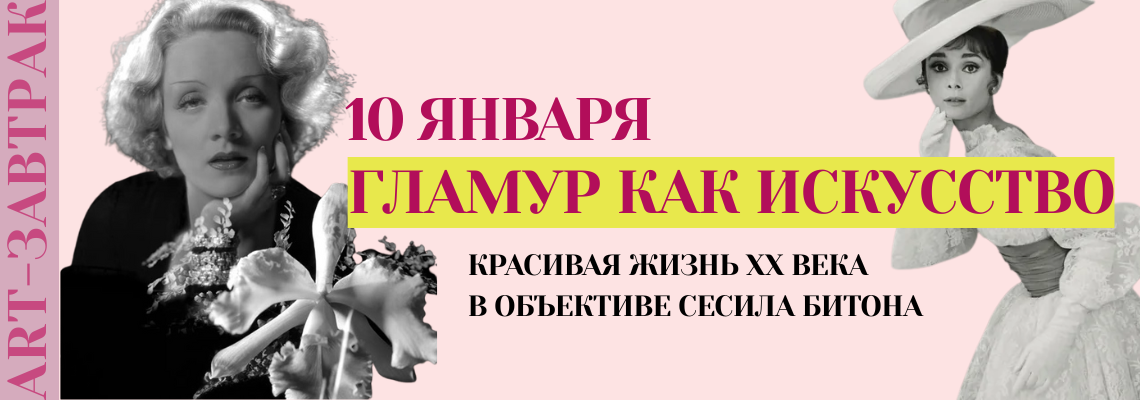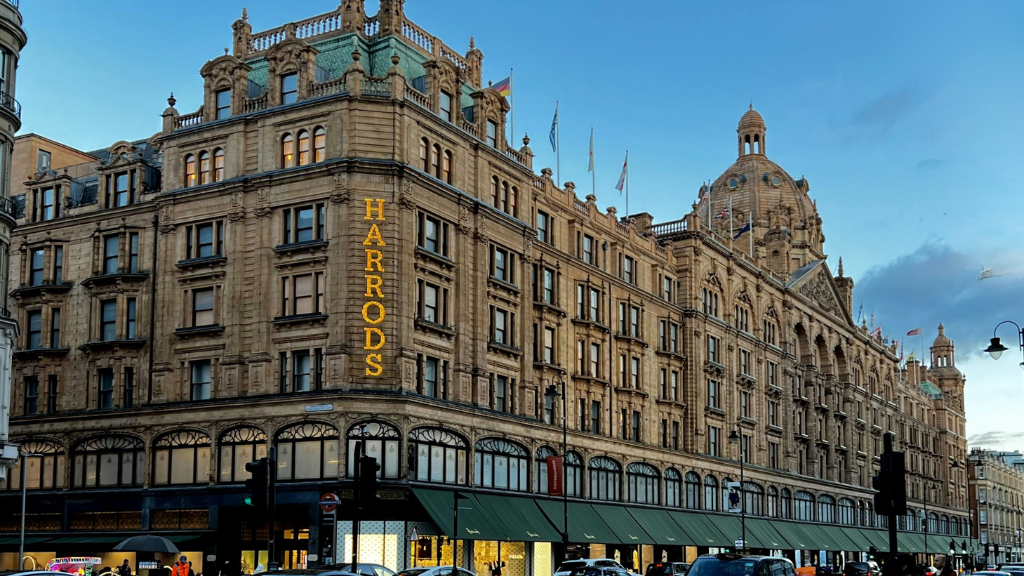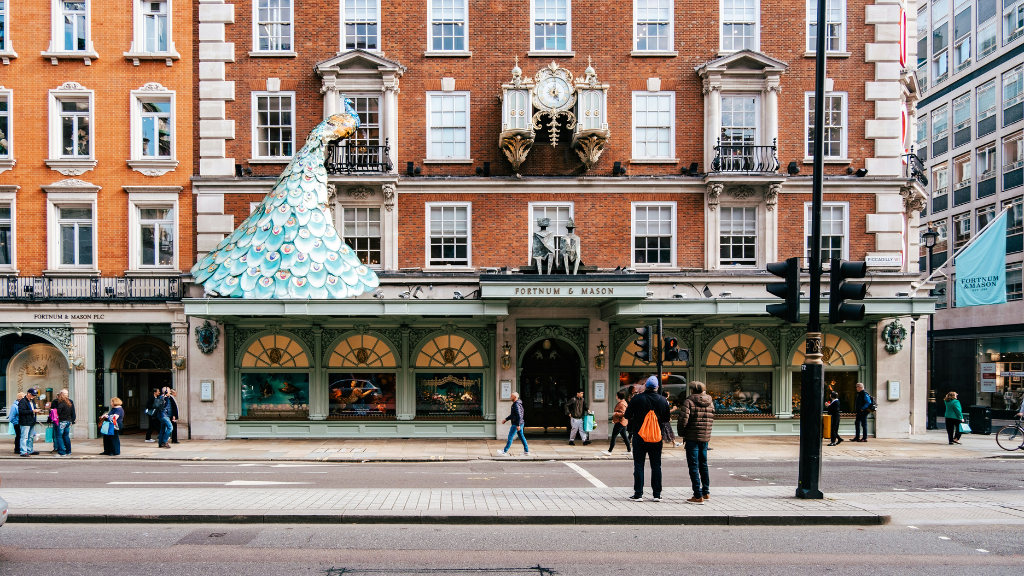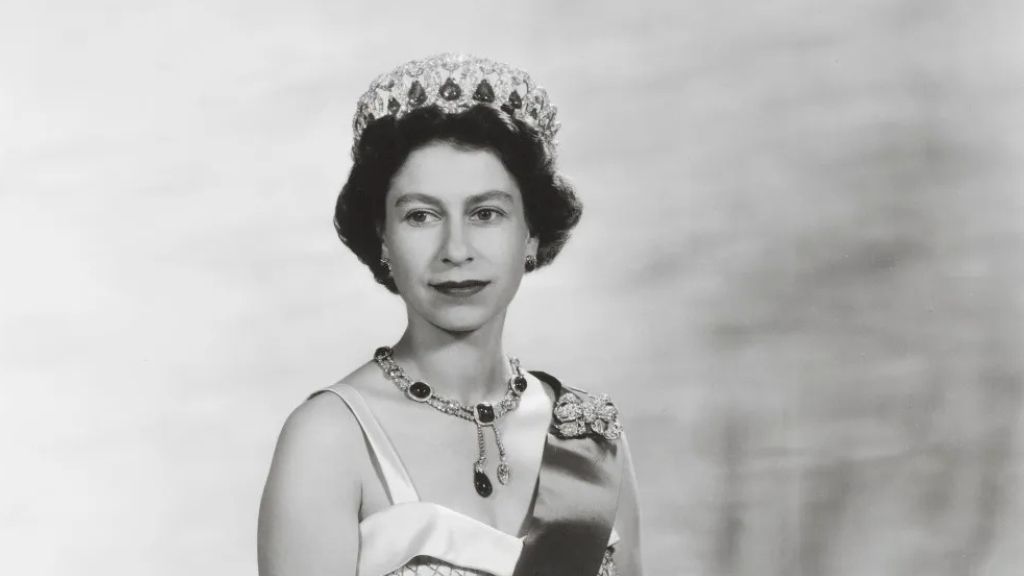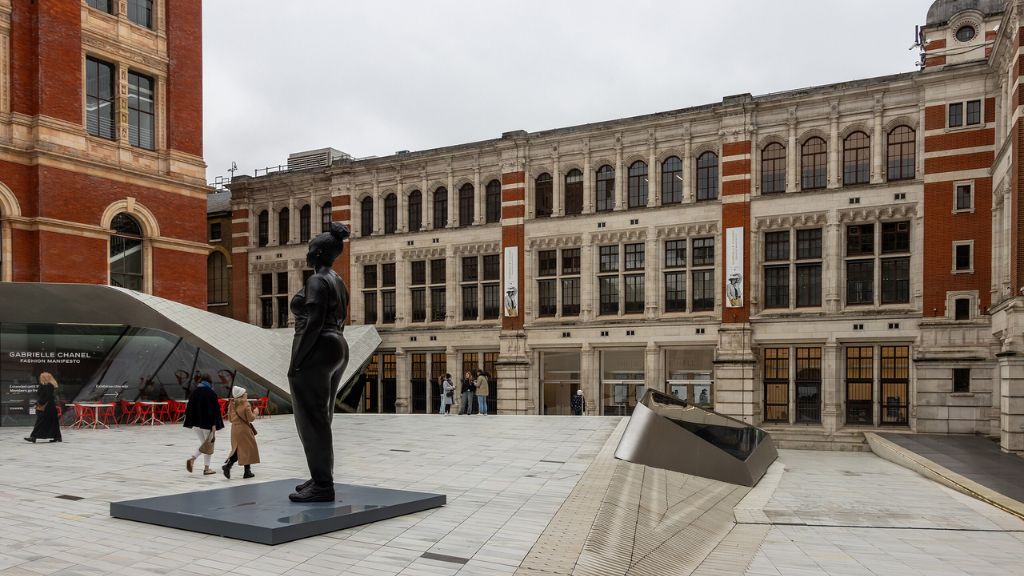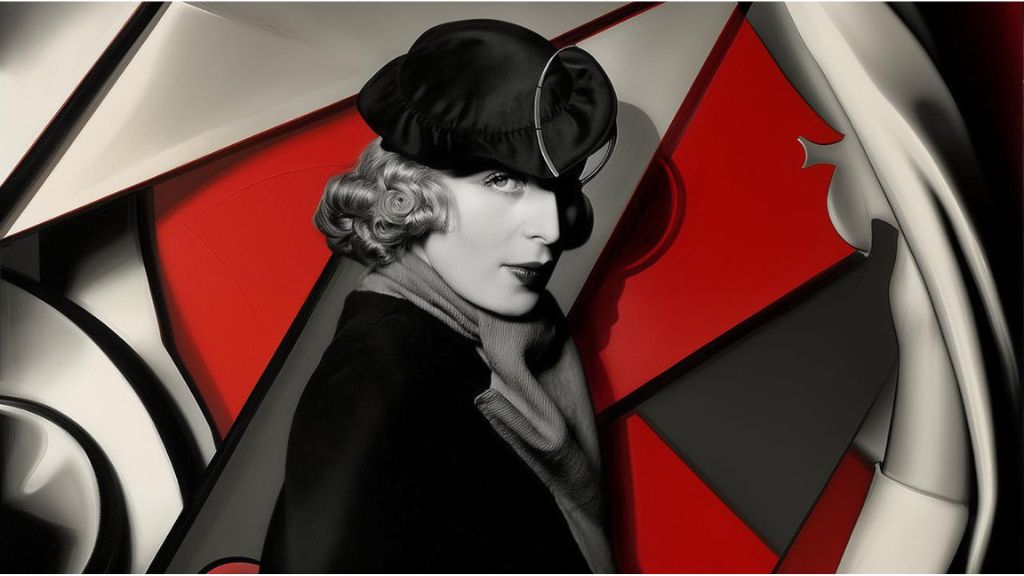
The Baroness with a brush: how Russian émigré Tamara de Lempicka conquered the art world
“I was the first woman to paint comprehensible pictures, and that was the key to my success. Among hundreds of canvases, mine was always recognisable,” Tamara de Lempicka once declared — without false modesty, and rightly so. Her striking Art Deco portraits of the wealthy elite remain instantly identifiable, and today, a single work of hers can command between £5 million and £8 million at Christie’s in London. A life marked by two emigrations, a Russian connection, years of hardship in Paris, and eventual fame — Afisha.London magazine delves into the remarkable story of this audacious and brilliant artist.
A privileged childhood and exile from Russia
Born in 1898 in Warsaw — then part of the Russian Empire — she was christened Tamara Rosa Hurwitz, the daughter of a Russian-Jewish lawyer and a Polish socialite. At ten, her mother commissioned a pastel portrait of her, but Tamara was unimpressed with the result and decided to paint her younger sister herself — her first portrait. Her fascination with painting deepened during travels to Italy with her grandmother, where she was captivated by the works of the Old Masters.
In 1912, her parents divorced, and she was sent to live with a wealthy aunt in Petrograd (Saint-Petersburg now, Russia). Three years later, Tamara met Polish lawyer Tadeusz Lempicki, marrying him a year later and adopting his surname — adding “de” for an aristocratic touch, though he was no nobleman. The couple had a child, but their world was shattered by the Russian Revolution of 1917. That December, Tadeusz was arrested, and Maria fought tirelessly to secure his release. Smuggling him out of prison, she fled with their daughter — first to Copenhagen, then to London, before finally settling in Paris, where her artistic transformation would begin.
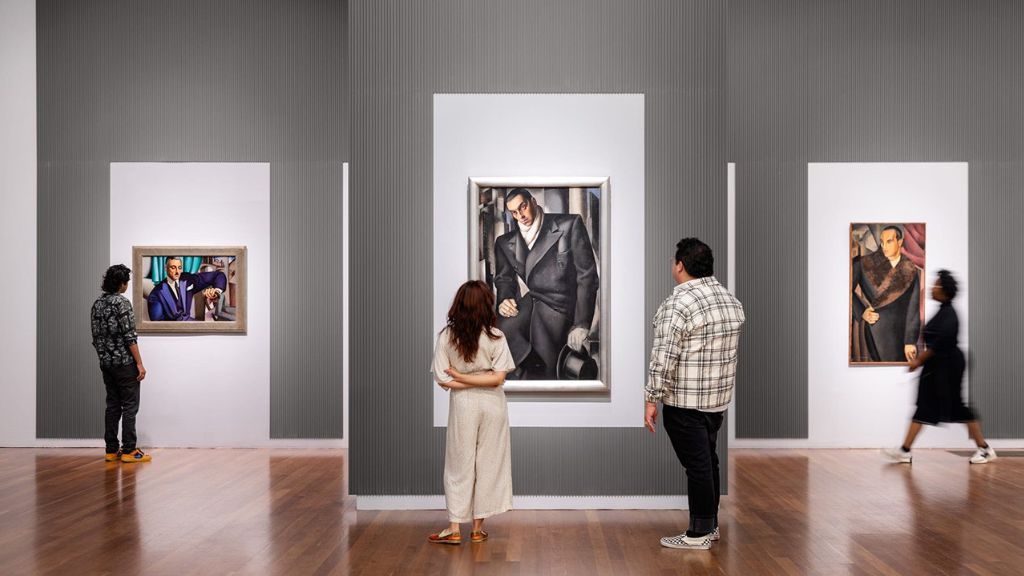
Photo: Fine Arts Museums of San Francisco
Tamara de Lempicka: from poverty to stardom
Life in the French capital was far from glamorous in the early days. With Tadeusz unable to find work, the family resorted to selling their remaining heirlooms to survive.
“Arguments sometimes escalated into fights… Soon, Tamara did something unthinkable for a woman of her standing — she broke down in tears on her sister Adrienne’s shoulder. ‘We have no money. We have a child. He can’t find work. He blames prison, the revolution, me — everyone but himself. And he… he hits me.’ Adrienne was stunned. ‘Tamara, why don’t you do something of your own?’” wrote Lempicka’s daughter, Kizette, in her memoir.
At the time, many aristocratic women dabbled in painting, and Tamara decided to follow suit, drawing on the skills she had learned at the Imperial Academy of Arts in Petrograd. She began not with portraits but with still lifes, later painting her daughter and a neighbour, gradually selling her work through galleries, and building a name for herself.
Under the tutelage of Maurice Denis and André Lhote, she refined her distinctive, glamorous style — bold, polished, and steeped in Art Deco. According to her daughter, Tamara never missed a class at the academy, spent hours discussing art, and worked tirelessly at the easel, striving for her signature cool, metallic tones.
- “Portrait of a Man (Tadeusz Lempicki)” (1929). Photo: Le Centre Pompidou
- “Kizette on the Balcony” (1927). Photo: Musée d’Art Moderne de Paris
Her first public showing came at the Salon d’Automne in 1922, but true recognition followed three years later, when American journalists took notice. That same year, her first major solo exhibition in Milan required an astonishing feat — completing 28 new paintings in just six months. By 1927, she was awarded a prestigious prize at the International Exhibition of Fine Arts in Bordeaux, cementing her status as an artist of note.
But while her career flourished, her marriage unraveled. By 1928, Tadeusz could no longer tolerate her infidelities and filed for divorce. Professionally, however, Tamara was thriving. She purchased a lavish apartment-studio on Rue Méchain, designed by the modernist architect Robert Mallet-Stevens. A cutting-edge space spanning three floors, it was not just a home and workplace but a venue for the extravagant cocktail parties that earned her the nickname “the baroness with a brush.”
- Photo: Tamara de Lempicka Estate
- “Autoportrait (Tamara in a Green Bugatti)” (1929). Photo: Tamara de Lempicka
The following year, she painted one of her most famous works, “Self-Portrait” (1929), depicting herself behind the wheel of a sleek green Bugatti, clad in a leather helmet and gloves, exuding confidence, independence, and modernity. That same year, she travelled to the United States, where she painted the fiancée of oil magnate Rufus T. Bush and held a widely acclaimed exhibition.
Despite the looming Great Depression, Lempicka’s career remained untouched by economic turmoil. She secured prestigious commissions, including portraits of King Alfonso XIII of Spain and Queen Elisabeth of Greece, while museums eagerly acquired her works. She embodied the glamour of the era, welcoming journalists and photographers into her studio to capture her in action.
It was during this period that she met Baron Raoul Kuffner, a wealthy Hungarian art patron. Initially, he commissioned a portrait of his mistress, dancer Nana Errera. Tamara, never one to shy away from drama, made the model pose for hours, nearly nude, while she herself lounged in the bath. The final painting was borderline satirical — so much so that the baron lost interest in his lover and turned his attention to the artist instead. By 1934, the two were married.
- “The Dream (Rafaela on a Green Background)” (1927). Photo: Tamara de Lempicka
- “Portrait of the Duchess of La Salle” (1925). Photo: Tamara de Lempicka
A second exile
As war engulfed Europe, Lempicka and her husband emigrated to the United States, where she continued exhibiting her work, though commissions began to dwindle. The Art Deco style, once synonymous with modernity, was being eclipsed by post-war modernism and abstract expressionism. Desperate to remain relevant, she experimented with surrealism, still lifes, and abstract compositions — sometimes even reworking her old masterpieces. Her iconic self-portrait underwent two transformations, giving birth to “Self-Portrait III” and “Self-Portrait II.”
Yet, the magic of her earlier success never quite returned.
“This is the true image of an independent woman asserting herself. Her hands gloved, her helmet on, untouchable; a cold, unsettling beauty. Above all, this woman is free,” wrote Auto magazine in 1972 about her 1929 self-portrait.
Following Baron Kuffner’s death in 1961, Lempicka sold most of her possessions and embarked on a series of round-the-world cruises — completing three full journeys by sea. In 1963, she retired from painting and moved to Texas to live with her daughter’s family.
Her final years were spent in Cuernavaca, Mexico, where she carried on her fiery spirit, embarking on a scandalous relationship with a sculptor half her age. Their household was so tempestuous that he was eventually forced to remove all mirrors — Tamara could no longer bear to see her own reflection.
- “Russian Dancer” (1925). Photo: Tamara de Lempicka
- “Mexican Girl” (1947). Photo: Musée d’arts de Nantes
Though she continued to paint, the decline in public interest pained her as much as the loss of her youthful beauty.
“She complained that the paints, brushes, and canvases she could find were nothing like those she once had in Paris — just as she lamented that the people she now met lacked the grace, education, and joie de vivre of those from her past. She refused to admit to herself, or anyone else, that her eyesight was failing and that her hands were no longer as steady as they once were,” Kizette later wrote.
Invalid slider ID or alias.
In 1980, Tamara de Lempicka passed away, leaving behind a characteristically dramatic final request — her ashes were to be scattered over the Popocatépetl volcano in Mexico. Whether it was a symbolic gesture or a final act of defiance remains a mystery. You can explore Lempicka’s biography and paintings in more detail with a book from Taschen.
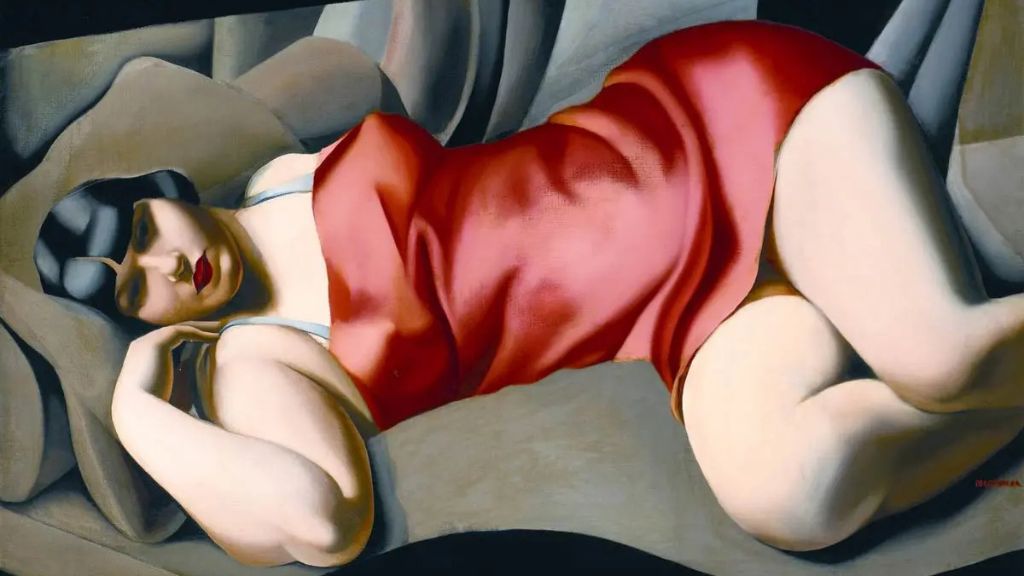
“The Pink Tunic” (1927). Photo: Tamara de Lempicka
A resurgence of fame
After her death, Lempicka’s early Art Deco works surged back into fashion, commanding astronomical sums at auction. In February 2020, her “Portrait of Marjorie Ferry” (1932) sold for £16.3 million at Christie’s in London, setting a new record for her work. For those interested in learning more about Art Deco as an artistic movement and its key figures, this book is a great choice.
Now, another one of her masterpieces is set to go under the hammer — “Portrait of Dr Boucard” (1928).
A wealthy biochemist and one of Lempicka’s benefactors, Pierre Boucard helped support her financially during her years in Paris. He not only purchased several of her works but also commissioned a series of portraits of his family.
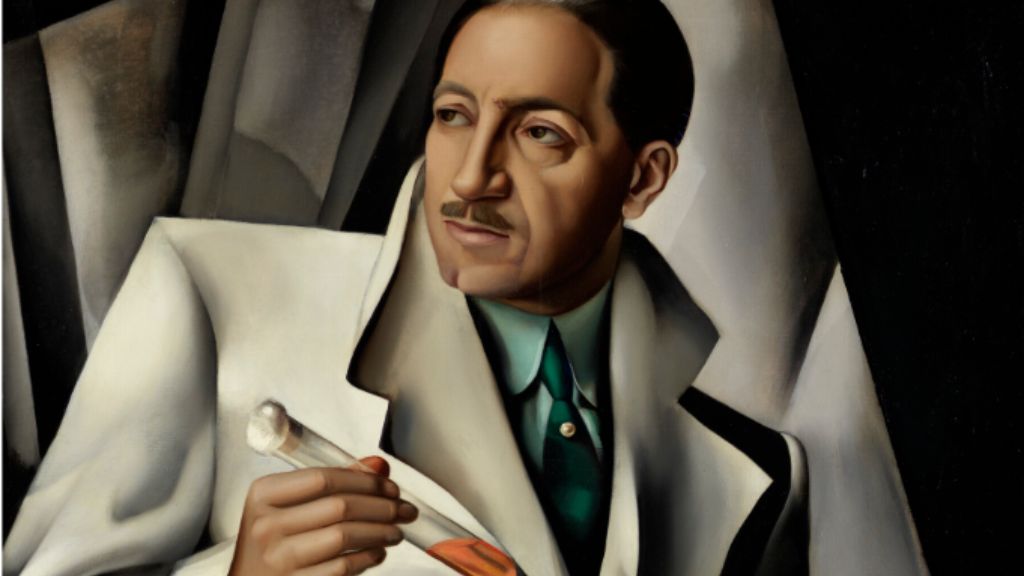
“Portrait du Docteur Boucard” (1929). Photo: Christie’s
This particular painting is a quintessential Lempicka — Boucard appears to be in motion, his body turned toward a dramatic beam of light. In his hands, symbols of his profession: a microscope and a glass vial. At first glance, he appears to be wearing a white lab coat, but upon closer inspection, it is an elegant white overcoat. The background, a Cubist-inspired cityscape with metallic reflections, mirrors the machine-age optimism of the era.
Lempicka’s legacy continues to captivate collectors. Madonna has featured her paintings in music videos and owns several of her works. Other famous collectors include Jack Nicholson and Barbra Streisand. On March 5, 2025, “Portrait of Dr Boucard” will be auctioned at Christie’s London, with an estimated value of £5–9 million. Tamara de Lempicka, the baroness with a brush, remains as alluring and enigmatic as ever. If you’d like to take a closer look at Lempicka’s works, this vibrant edition is worth your attention.
Cover photo: Afisha.London
Read more:
Gothic Carnival: A Guide to Tim Burton’s Films
Goya to impressionism: masterpieces of the Oskar Reinhart collection in the Courtauld Gallery
Splendour and progress: the achievements of Versailles at the Science Museum
SUBSCRIBE
Receive our digest once a week with quality Russian events and articles



